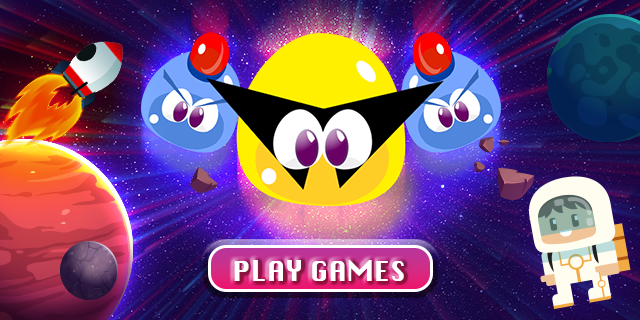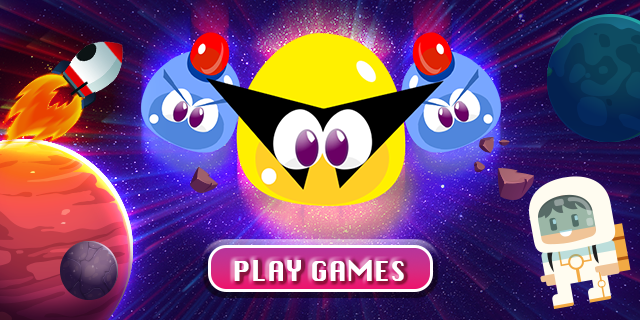Building someone with bionic body parts is still a dream to scientists because they don’t have the technology yet. But a new artificial eye has taken humans, and cyborg one huge step closer to each other.
 |
The human eye is one of the most complex organs found in our bodies. Millions of images enter through a curve lens located at the front of the sphere and then pass through its gooey liquid before reaching the light-sensitive retina located at the back. In turn, the retina sends the information to the brain which then processes it as images. As simple as this sounds, it is a very complicated process that happens in less than one second.
For many years now several engineers have tried to replicate the perfect artificial human eyes, with lots of trials being made, there is now a breakthrough which can be revolutionary.
Scientists have created a device that functions exactly as the human eye structure. It has the same sensitivity to light and has a faster reaction time when compared to human eyeballs. Although this bionic eye does not have night vision, X-ray, heat vision, and telescopic functionalities like that of Arnold Schwarzenegger in Terminator. The artificial eye still has the potential to provide sharper Vision than the natural human eyes.
Comparing the artificial human eye to natural human eyes.
The dome-shaped retina of the human eyes gives it a wider field of view and higher resolution. The creators of this robot eye used a curved aluminum oxide membrane with minute-sized sensors made of perovskite to create a replica that works exactly like the human eyeballs.
The nerve fibers found in the human eyeballs send signals to the brain, and this feature was added to the artificial eye with wires attached from those sensors to an external circuit for processing.
The artificial eyeball is an upgrade to the human eye because it registers faster lighting (30 to 40 milliseconds) than the human eye scan ( 40 to 150 milliseconds). The artificial eye could also pick a higher range of wavelengths and doesn’t have blind spots.
When it comes to detecting dim light the artificial eye works as good as the human eye. Nevertheless, the human eye still comes on top as it has a 150-degree view while the artificial eye has a 100- degree field of view.
Theoretically speaking the artificial eye could detect much higher resolution than the human eye, this is because it contains about 460 million light sensors per square centimeter (that is a lot of millions for an eye). The human eye, on the other hand, has about 10 million light-detecting cells per square centimeters.
The current prototype of the artificial eye has wires that are about 1 mm thick, they are so big that it touches many sensors at once. Sadly only hundred of such wires could be fit into the back of the retina and creating images that have 100 pixels.
Could this artificial eye be the future of interactions between humans and machines? Many scientists believe that artificial eyes could serve as a breakthrough in the medical industry for treating cases of blindness or permanent damages caused to the eyes. Although human testing is still several years ahead, this signifies that there is hope for many who have lost their vision and would love to get them back.
Image Credits:
-
A new design for an artificial eyeball (illustrated) could someday give keen eyesight to androids, or be used as a high-tech prosthetic. YAYING XU, © OFANTASTIC COLOR ANIMATION TECHNOLOGY CO., LTD.






20 Comments
I have a lot interest in these types of topics. Let's see what future brings us to.
I think it will lead to another innovation of the problem that only hundred of such wires could be fit into the back of the retina and creating images that have 100 pixels, to include much wider range. AI is definitely boundless.
This is really cool as this could be really beneficial to humans! I never would have thought we would have eyes likes these in 2020!
This is perfect for those with eye problems. I do hope it helps a lot of people.
wow! that would be so fantastic. engineers are really creating the future of things!
hi
this is such a relvent article and a hope to read . lets hope that the advancement progresses at a fast pace
Wow, it really is interesting.
This is very interesting. Science always surprises me.
This is so amazing! And the speed at which the whole process takes place is incredible. But I still doubt if it will ever be as perfect as the human natural eye.
Nice breakthrough! But i admit the artificial eye could detect much higher resolution than the human eye is kinda scary lol
Ohh my…artificial eyes, so advanced, am so impressed & enjoyed my read. Thanks for sharing this. cheers, siennylovesdrawing
The scientific improvements we are making are incredible.
That would be truly amazing when they get it to work! Sounds brilliant
WHAT?!?! This is so good! Thanks for sharing
This is so awesome. I know a lot of people will be able to benefit from this
This is absolutely amazing! In my humble opinion, artificial eyes can be good a substitute. The regular human eye though it may help restore sight but there's no guarantee that it'll give you 20/20 vision. Artificial eyes however, the sight that you will be getting back will be enhanced. The only downside of it I thinks is it's going to be expensive. I super like this article!
This is truly fascinating. I wonder how the human brain would process that over the top resolution!
This is an amazing discover, the future of science and medicine! Finding for the perfect match donor is so tough and this option will give a good future!
This is such an interesting post, thank you for sharing 🙂
Amazing what technology can do. I hope they use for good reasons.